Medicines Articles
Featured Articles
Read our latest stories on the people and scientific innovations making a difference in patients’ lives.
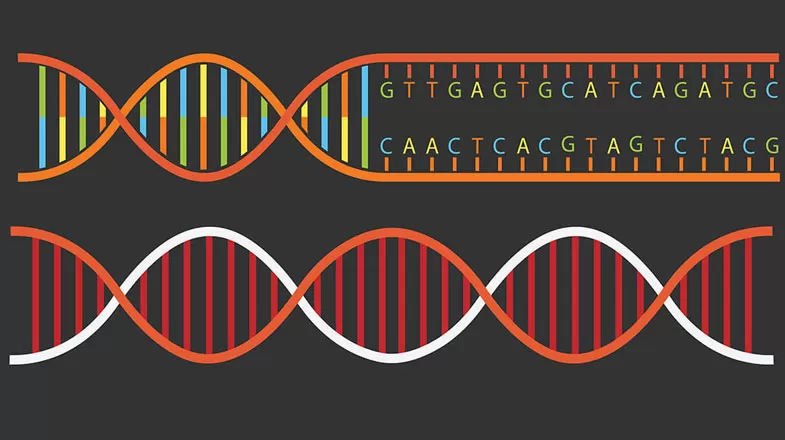
Using DNA ‘Barcodes’ in the Search for New Drugs
Organic lettuce, endangered sharks, and now, new medicines. In recent years, DNA ‘barcoding’ technology has exploded as a tool to quickly identify and track plants, animals and the tiniest of molecules. Just as barcodes are used to identify products at the grocery checkout, DNA ‘barcodes’ are small bits of DNA code that can be used to quickly recognize and monitor materials. In pharmaceutical labs around the world, scientists are using DNA-encoded compound libraries to screen billions of...
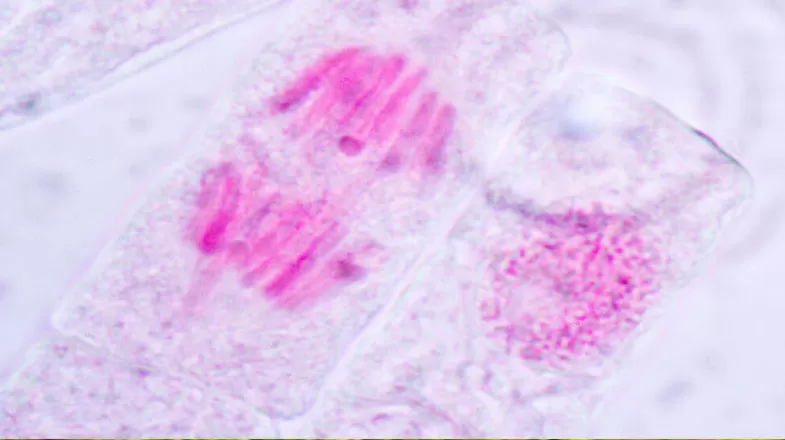
Inside the Toxicology Lab: From Guardians of the Genome to Bottleneck Breakers and Beyond
When it comes to creating new medicines, the stories that most often reach the public are the discoveries of new biological pathways or novel compounds. But in the nearly decade-long journey a medicine takes to get from the lab to patients, drug safety studies are an integral, though often behind-the-scenes, part of the process. We recently spoke with Pfizer scientists who work in various areas of toxicology to learn more about the critical jobs they do to get new medicines to patients. Here are...

How Quantum Physics and AI is Disrupting Drug Discovery & Development
When a new molecule is a potential drug candidate, scientists want to learn as much about the molecule as possible; its shape, size and other properties down to the electron level. To do this they have traditionally used a technique called X-ray crystallography. In a multi-step, time-consuming process the compound is converted into crystal form and then an X-ray beam is shot through it to determine its 3-D structure.In recent years, scientists have begun using a computer modelling technique...
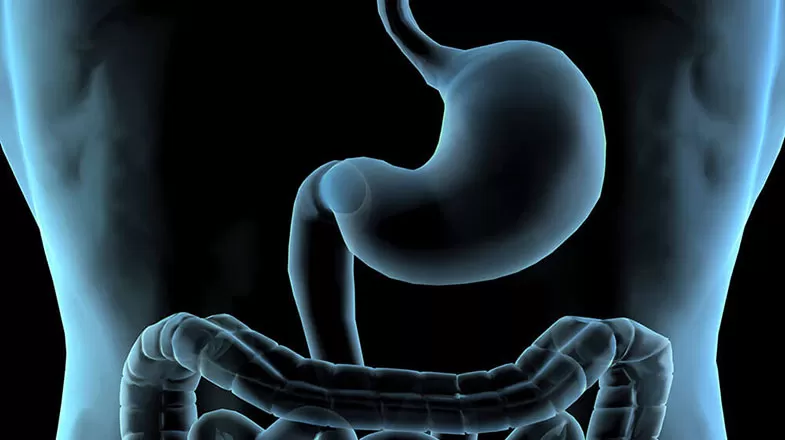
What an Artificial Eating Machine Can Teach Us About Medications
The old saying “you are what you eat” may not be strictly accurate, but like many a timeworn adage, it holds a kernel of truth. For example, while eating a high-fat diet may not necessarily make people fat, the amount and type of fat in their diets still influences their overall health. When people think about the relationship between eating and health, however, they rarely consider how their dietary habits could affect the medications they take. Many common medications come in tablet, capsule...

In Search of a Better Biomarker: Why Studying Liver Enzymes Matters for Drug Safety
If you’ve ever had a liver function test as part of an annual physical, you may know that the exam screens for certain biomarkers, like liver enzymes in the blood. If these substances are found to be elevated, it may mean that you have a liver disease or have been exposed to some medications or environmental toxins. Liver biomarkers are also important tools in the drug development process. Before a drug can be tested in humans, it must be studied for potential safety risks, including the liver...
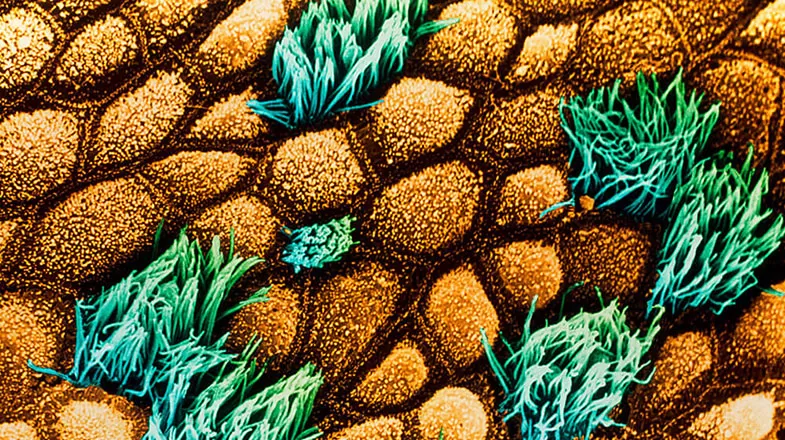
Phenotypic Drug Discovery Modern Successes
Scientists return to a classic model of drug discovery in an attempt to find novel medicines, while adding a modern spin.For the past 30 years or so, the main method for finding new medicines has been based on sophisticated knowledge of a specific target — a protein, such as an enzyme or receptor. Once a target for a disease is identified, scientists look for a compound that efficiently binds to and modulates the target, either by screening known candidates or by building a compound from scratch...
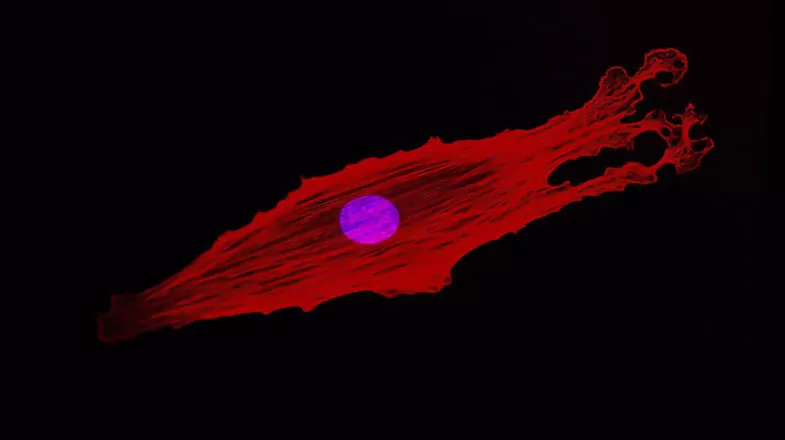
Attacking Cancer Cells That Develop Resistance
When cancer patients receive therapy for an extended time, they often face the specter of drug resistance as tumor cells mutate and find ways to evade the cancer-killing medicines. Exploring new ways to disarm rogue cells that have developed resistance is a major field of modern cancer research. One way to address the issue of resistance is to attack cancer through the fundamental processes that drive their core mission — to multiply unchecked and invade healthy organs. Unlike traditional...
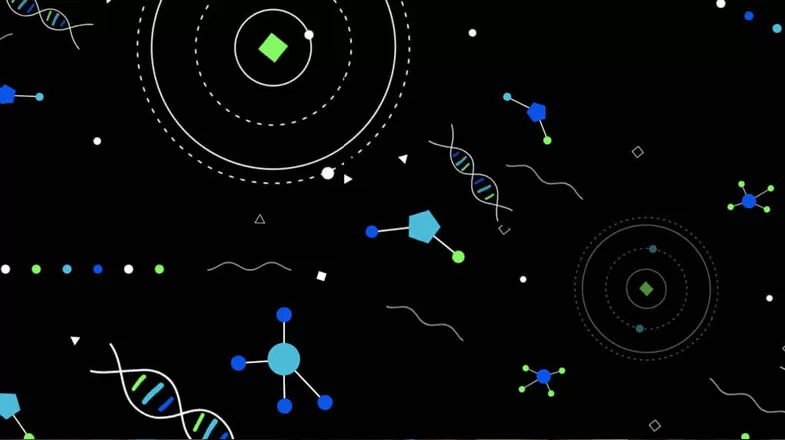
Brenda Carrillo-Conde: Unlocking the Power of Connections
Brenda Carrillo-Conde has a talent for conjugation: making connections for the greater good — inside the lab and out. As a principal scientist with Pfizer’s Conjugation and Polytide Process Development Group in St. Louis, Missouri, she spends her workdays using chemical conjugation to improve the effectiveness of vaccines and medicines. In the lab, conjugation is a process that connects molecules together by a system of strong bonds and has a wide-range of real-world applications. “It has a...

Using the Dr. Jekyll of Chemical Compounds to Advance Drug Synthesis
Sulfuryl fluoride gas is the chemical equivalent of Mr. Hyde. Like the fictional monster, it’s dangerous and difficult to work with. But by inventing a process that creates a new substance called [4-(Acetylamino)phenyl]-ImidodiSulfuryl diFluoride, referred to as AISF, scientists are replacing the gas with the chemical equivalent of Dr. Jekyll. In its new state, it shares several characteristics with the good doctor, like being handy in a laboratory setting. In its Mr. Hyde form of a colorless...
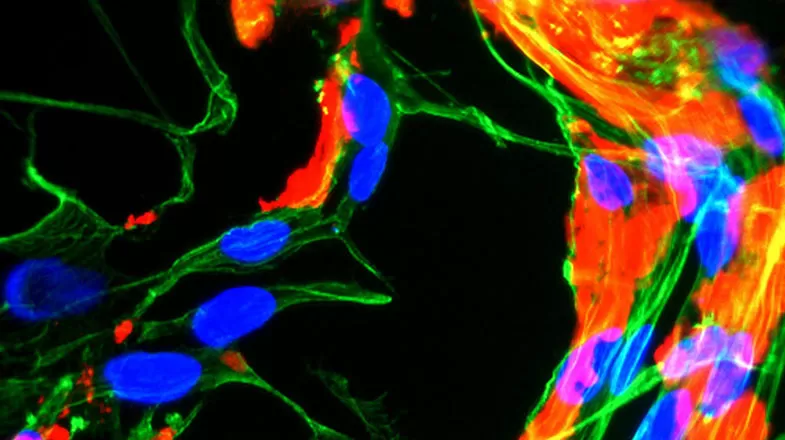
How to Deal Dangerous Proteins a Knockout Blow
In the genteel game of croquet, the goal is deceptively straightforward: to hit your ball through a series of hoops before your opponent does. However, anyone who has picked up a mallet knows the sport can get downright cutthroat. A strong player with the right strategy can hit her opponent’s ball so far away that it essentially knocks him out of the game.That’s similar to what scientists are starting to do with certain types of harmful proteins in the body. Of course, most proteins aren’t bad...

Banking on the British Exome
The vast UK Biobank is a treasure trove of genetic data. Scientists are mining it now for potential therapeutic gems. Genetic discoveries that could help treat diseases require a large number of human subjects. That’s why the UK Biobank is such a boon to science: From 2006 to 2010, the Biobank, established by the Wellcome Trust medical charity along with other foundations and government agencies, managed a feat that is a biomedical researcher’s dream: It recruited 500,000 people between the...
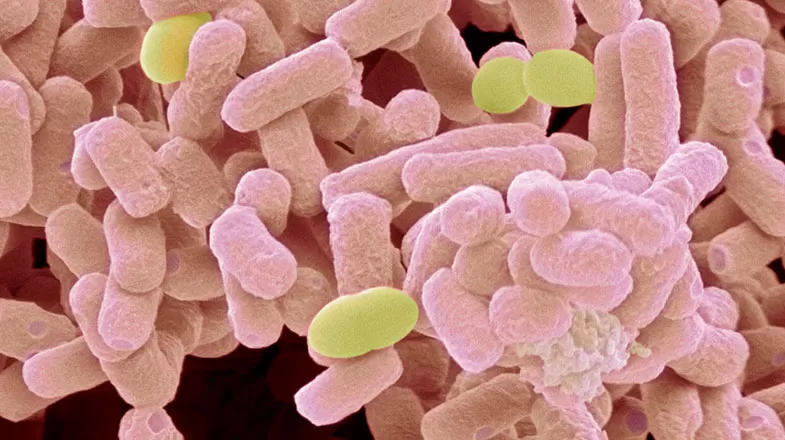
May the Best Cell Win: How Scientists Choose One Champion Out of Millions
Making cells in the lab may not sound too dramatic, but under the microscope, what scientists call cell-line development can be even more competitive than the most cutthroat reality-show contests. Adekunle Olatunbosun Onadipe, Associate Research Fellow in Pfizer’s Bioprocess Research and Development Group, leads the search for the best cell among the many cells that are made in his lab. The winning cell goes on to divide and grow into a large number of cells which will be used as tiny...
Media Resources & Contact Information
Anyone may view our press releases, press statements, and press kits. However, to ensure that customers, investors, and others receive the appropriate attention, Pfizer Media Contacts may only respond to calls and emails from professional journalists.
